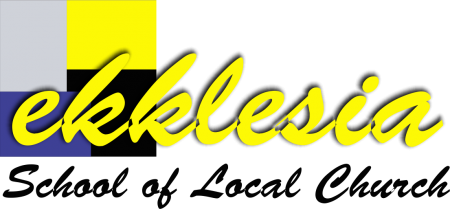@nelnadia26903
Profile
Registered: 3 months, 2 weeks ago
Buying a Lightsaber: What Features Really Matter?
Lightsabers have moved far beyond being simple movie props. In the present day, they are collector’s items, cosplay essentials, training tools, and even performance-ready items of craftsmanship. With so many manufacturers and models available, buying a lightsaber can feel overwhelming. Whether you’re a casual fan or a critical duelist, knowing which features really matter can prevent both cash and frustration.
Build Quality and Materials
The first thing to consider when buying a lightsaber is its construction. High-quality sabers are typically made of aerospace-grade aluminum for the hilt, giving them a durable but lightweight feel. Cheaper models may use plastic, which will be fine for display, but won’t hold up well during sparring or heavy use. In case you’re planning to duel, make certain the hilt is sturdy, the emitter is reinforced, and the grip feels comfortable in your hand.
Blades are often made of polycarbonate, a tricky plastic that may withstand heavy strikes. There are thin-walled blades for brighter illumination and thick-walled blades for dueling durability. Choosing the proper one depends on whether or not your lightsaber is primarily for display or combat.
Blade Illumination
A lightsaber isn’t full without its iconic glow. The two predominant options are in-hilt LED sabers and neopixel sabers.
In-hilt LED sabers house a single light source inside the hilt, shining through the blade. They're affordable, durable, and reliable for dueling, but the brightness can fade toward the tip.
Neopixel sabers use LED strips inside the blade, producing a fair, vibrant glow with advanced effects like scrolling ignition and rainbow colors. These are visually beautiful however more expensive and slightly less durable for heavy dueling.
If you'd like a saber that looks superb on display or for cosplay photos, neopixel is well worth the investment. When you’re more interested in battling without worrying about damaging costly electronics, in-hilt LED could be the smarter choice.
Sound Effects
Sound is one other feature that separates primary replicas from premium sabers. Entry-level sabers could only provide a couple of swing and clash sounds. Higher-end models embody customizable soundboards that replicate iconic hums, smooth swing effects, blaster deflections, and lock-up sounds.
A superb sound system brings the saber to life, particularly when paired with motion sensors that reply to your movements. Look for models that permit firmware updates or sound font customization so you can switch between Jedi and Sith tones depending in your mood.
Customization Options
One of many joys of shopping for a lightsaber at this time is personalization. Many producers let you choose different hilt designs, colors, and finishes. Some even offer interchangeable parts so you'll be able to rebuild your saber into new configurations.
Color-altering capabilities are also highly sought after. Some sabers are locked to a single blade coloration, while others allow a full RGB spectrum with the push of a button. Should you enjoy roleplay or simply want variety, having the ability to swap colours can add long-term value.
Weight and Balance
A lightsaber might look incredible, but if it feels awkward to wield, you won’t enjoy it. Pay attention to the hilt’s weight and how it balances with the blade attached. Duel-ready sabers are often designed for proper balance, while display models could also be heavier or bulkier. If attainable, check product reviews or try one in individual to ensure it suits your fighting style or performance needs.
Battery and Charging
Modern sabers usually use rechargeable lithium-ion batteries. Some have removable batteries you can swap out, while others require USB or plug-in charging. For heavy customers, removable batteries are convenient, particularly if you happen to plan on long dueling periods or conventions. Always check battery life estimates, as neopixel sabers tend to empty faster than in-hilt LED models.
Value vs. Objective
Finally, think about what you want out of your lightsaber. Entry-level sabers can cost under $a hundred, making them nice for novices or display. Mid-range sabers, normally between $200 and $four hundred, balance durability, sound, and visuals. High-end models can exceed $600, offering professional-grade neopixel blades, premium soundboards, and excessive customization.
There’s no single "finest" lightsaber—only the perfect one to your needs. A collector might prioritize screen accuracy, a cosplayer may want flashy lighting effects, and a duelist would possibly deal with rugged durability.
Buying a lightsaber is about balancing operate, aesthetics, and budget. Features like blade type, sound, and customization matter more depending on how you propose to make use of it. Whether or not you’re training, dueling, cosplaying, or simply displaying it as a chunk of fandom history, the appropriate lightsaber should feel like an extension of yourself. After all, as any Jedi or Sith knows, a lightsaber is more than just a weapon—it’s a mirrored image of its wielder.
To read more information regarding Star wars lightsaber review the web page.
Website: https://www.replicasabers.co.uk/
Forums
Topics Started: 0
Replies Created: 0
Forum Role: Participant

